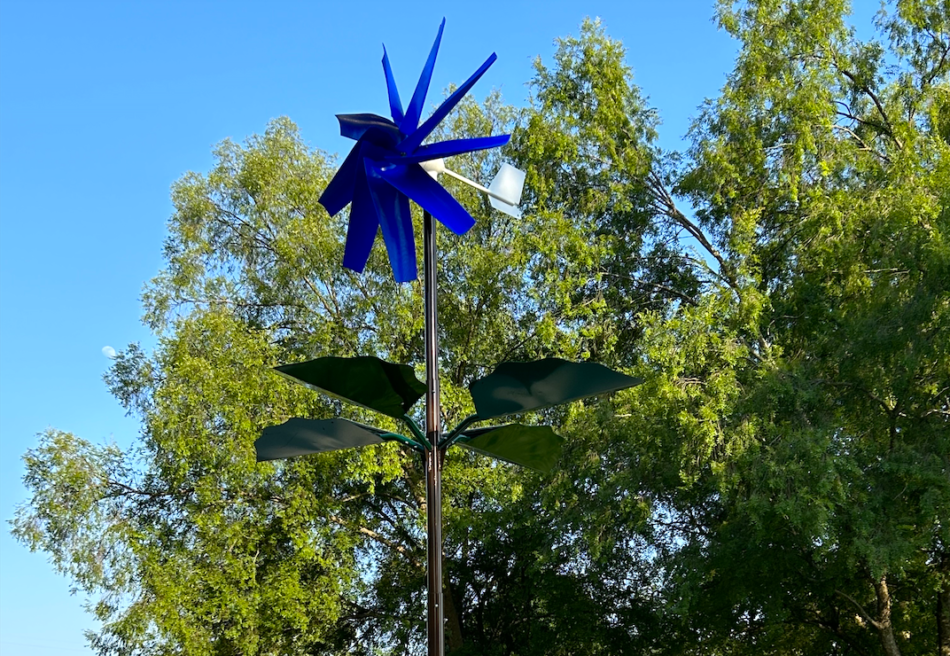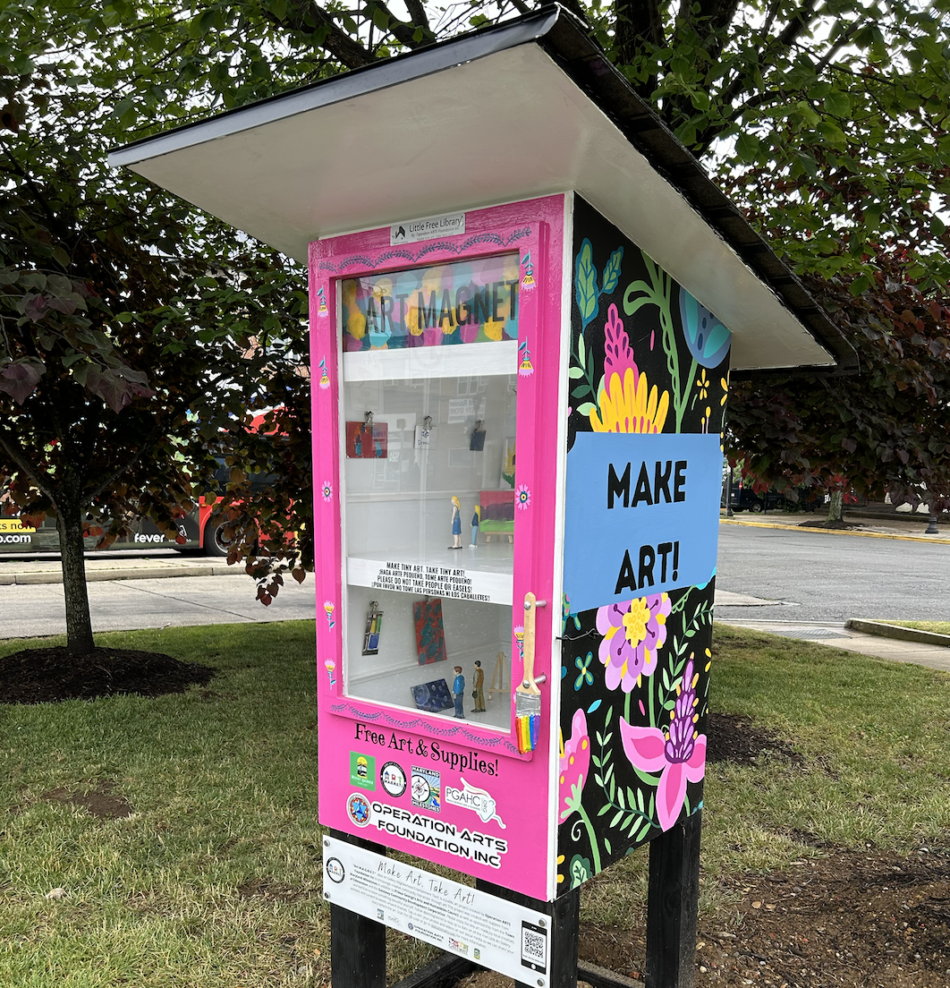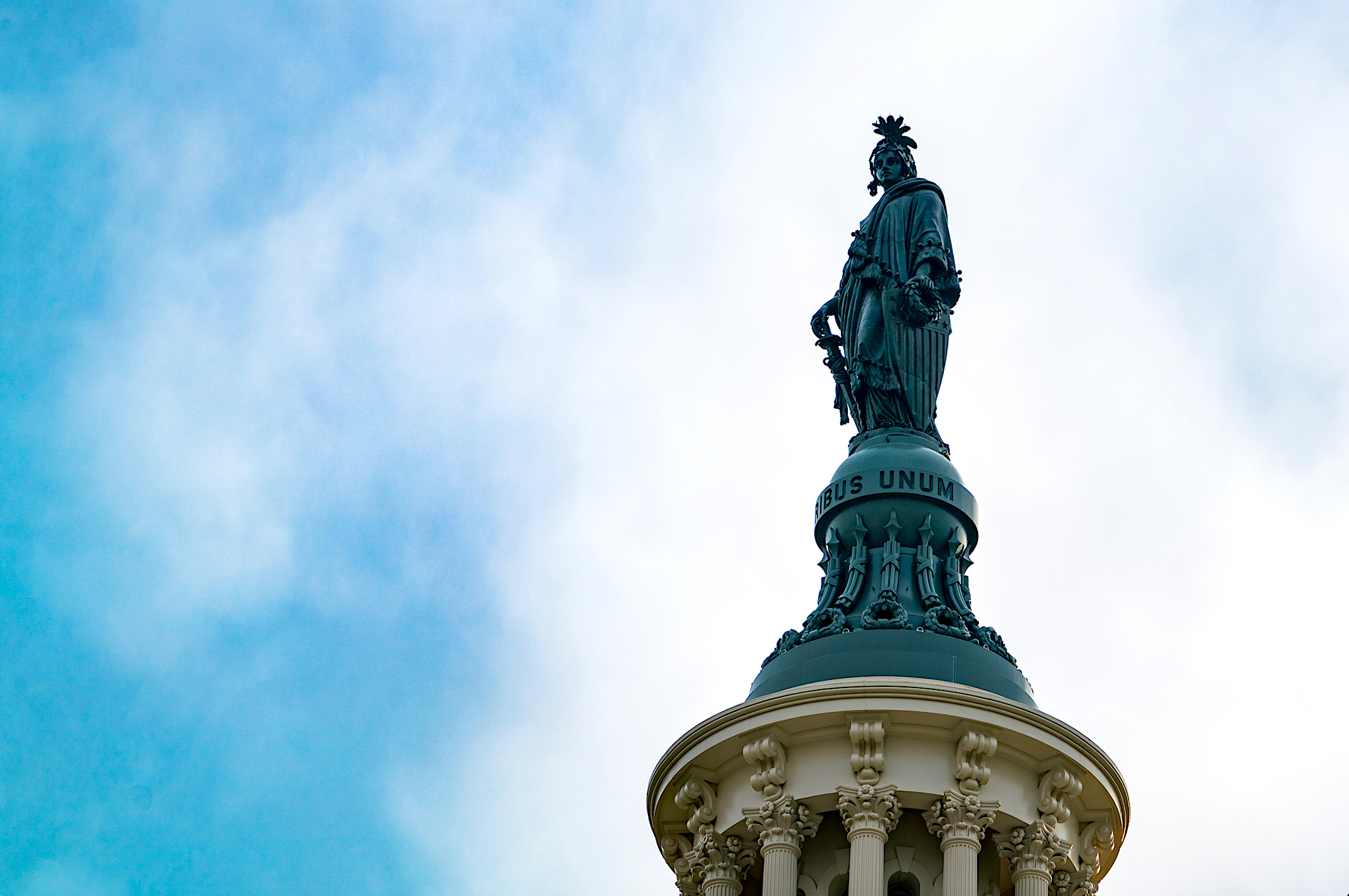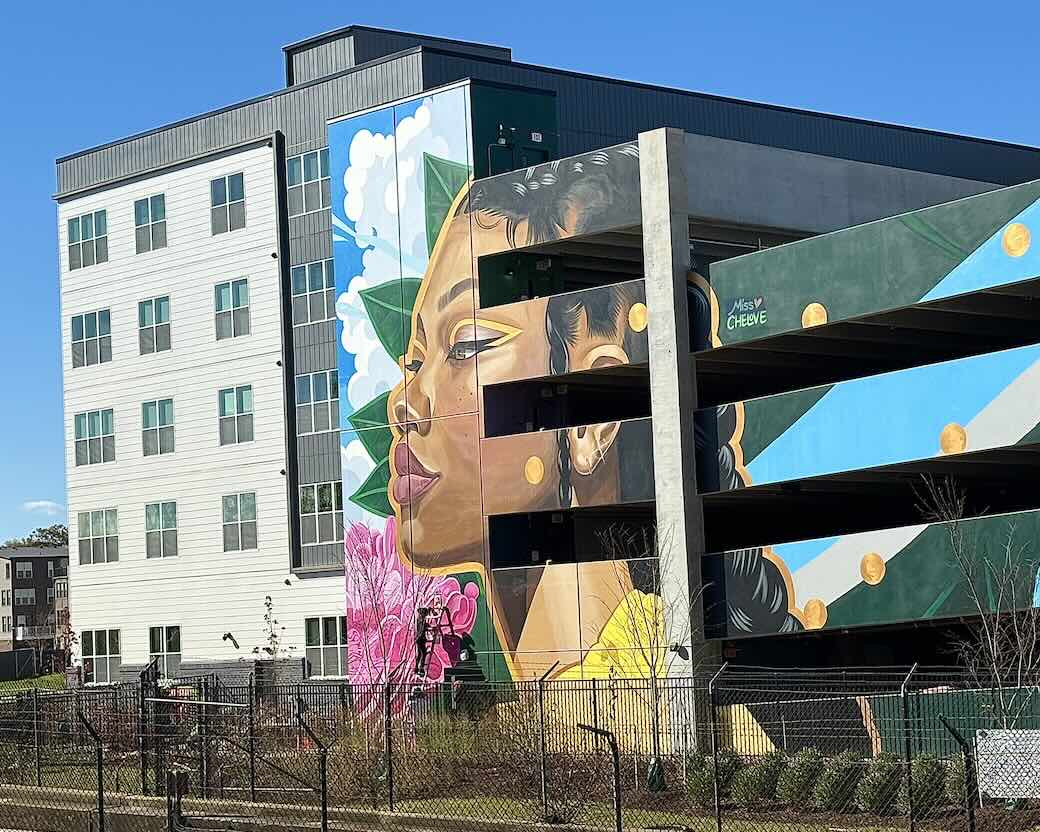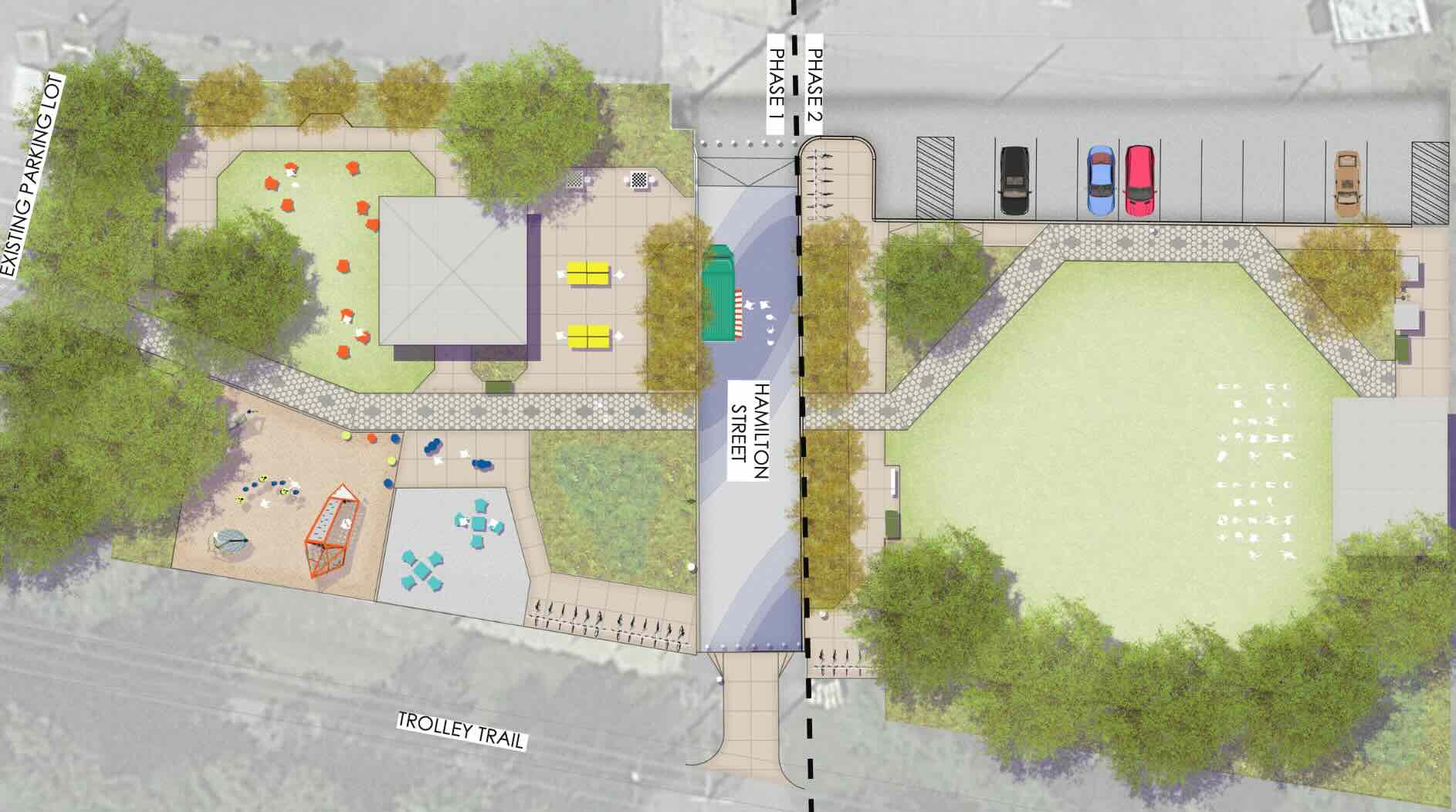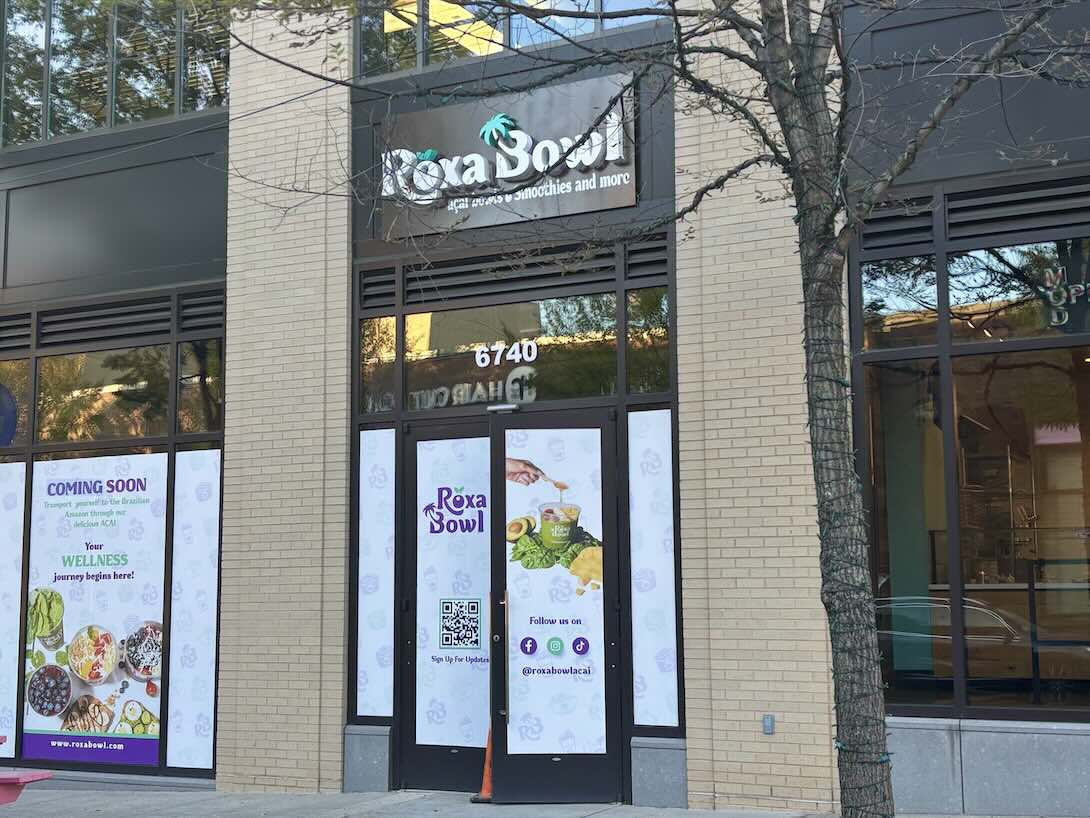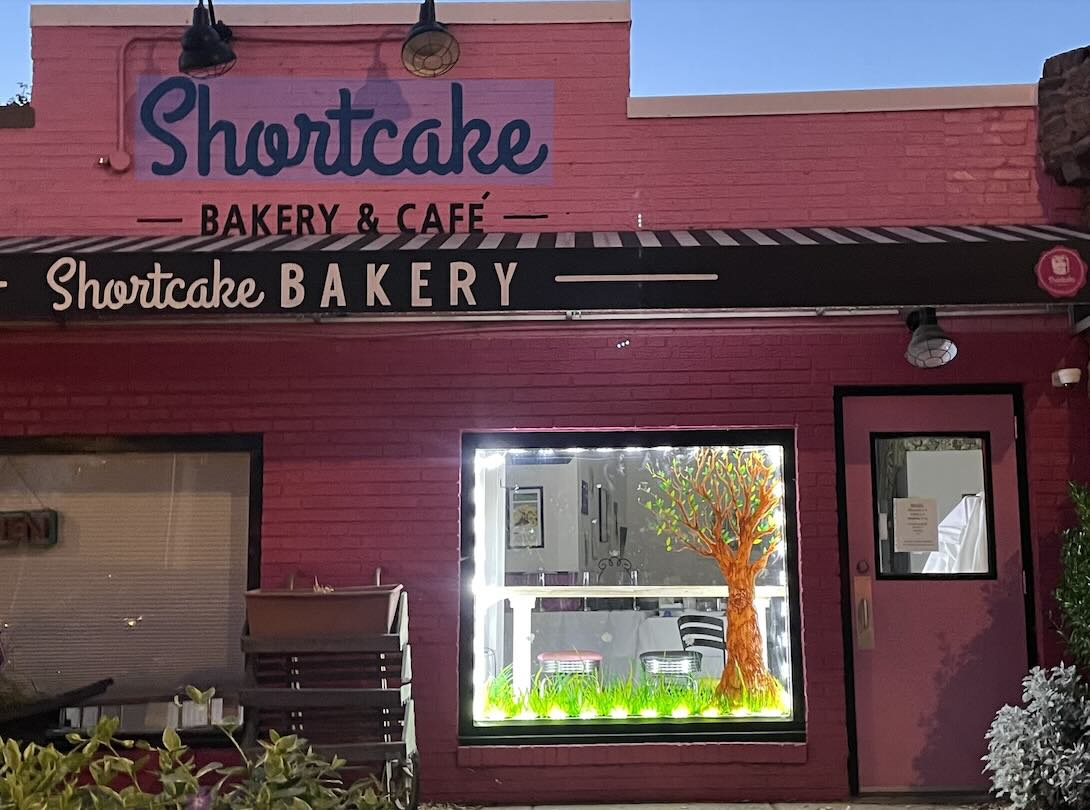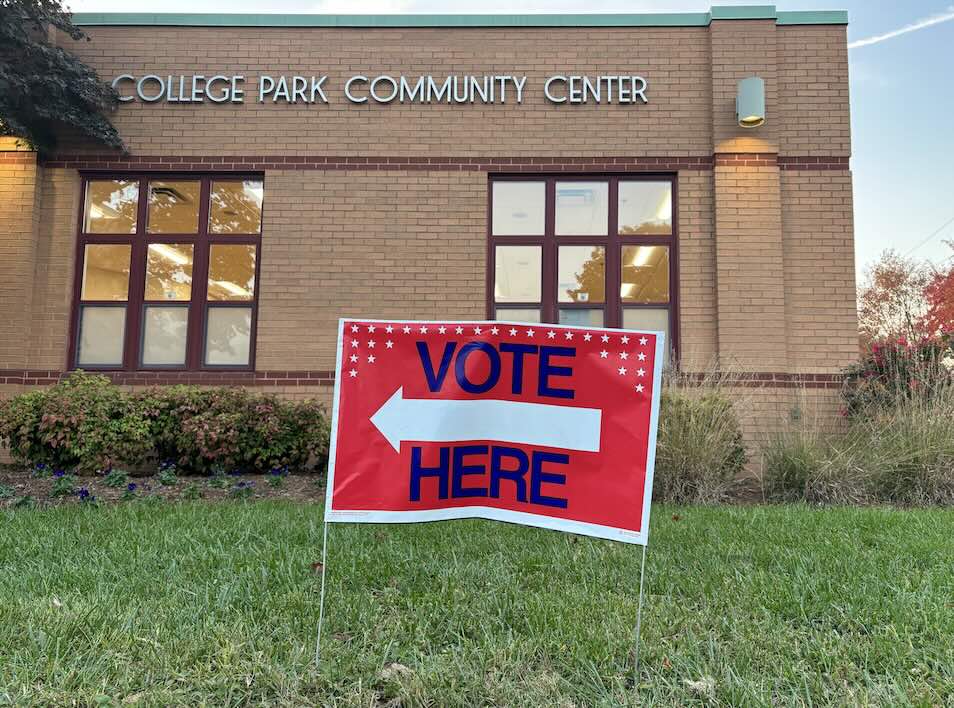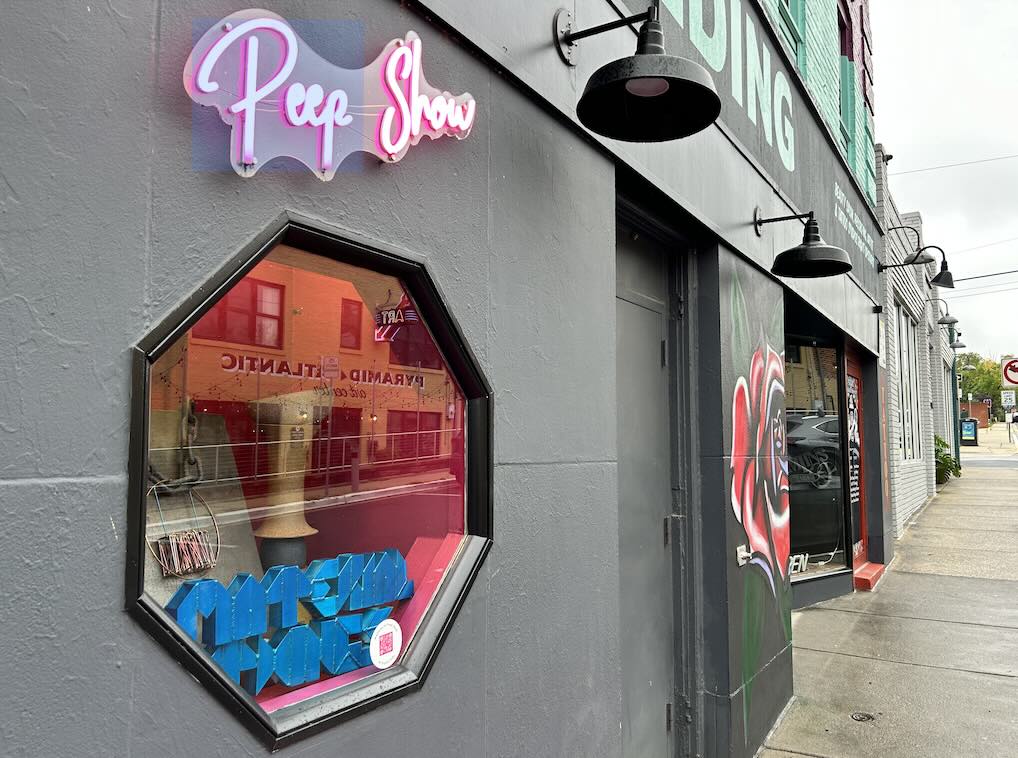An award-winning sanctioned racing event in Greenbelt is drawing nationally known cyclists.
This week, notable DC cyclist Sam Boardman joined the Route 1 Velo training race at 6565 Greenbelt Rd. in Greenbelt Park, which is managed by the National Park Service.
Route 1 Velo, a USA Cycling affiliated club in the greater D.C. area that’s based on the Route 1 corridor, helps support races locally and works regularly with the area’s Special Olympics team.
The cycling club’s training races on the 1.4 mile loop of recently repaved national park service roads are held on Wednesday evenings from May 3 to June 28, and are open to the public, with elite and novice levels for men and women. In some form, this race series has been in existence since 1980 making it one of the oldest cycling races in the area.
This year, roughly 150 racers have come each week, a huge jump from last year.
“The pandemic probably had something to do with that,” Route 1 Velo’s secretary Brandon Fastman told the Hyattsville Wire. “But we’ve also put more effort into publicizing the races this year.”
Riders are informally timed, and race results are recorded with USA Cycling only by order of finish. There is a points system for riders and awards for series winners in each category, which encourages riders to consistently come to each week’s race.
Along with the Hyattsville Cyclocross, the Greenbelt races are a mainstay of the Mid-Atlantic Bicycle Racing Association circuit and a huge part of the Route 1 cycling scene, with sponsors from Arrow Bicycle and Trek.
Riders mostly come from the greater D.C. area, with some regulars from Baltimore and Annapolis and occasionally as far as Hagerstown and even Philadelphia. In recent years, other champion cyclists have participated in the race including Justin Williams.
Fastman said that the races are also important because it’s getting harder for cyclists to find road races.
“Road races are dwindling,” he added. “They are very expensive to put on and they require communities to accept temporary disruption of their thoroughfares. So it’s really cool that we can provide the cycling community a reliable venue for weeks on end throughout the spring and summer.”
Support the Wire and Community Journalism
Make a one-time donation or become a regular supporter here.






